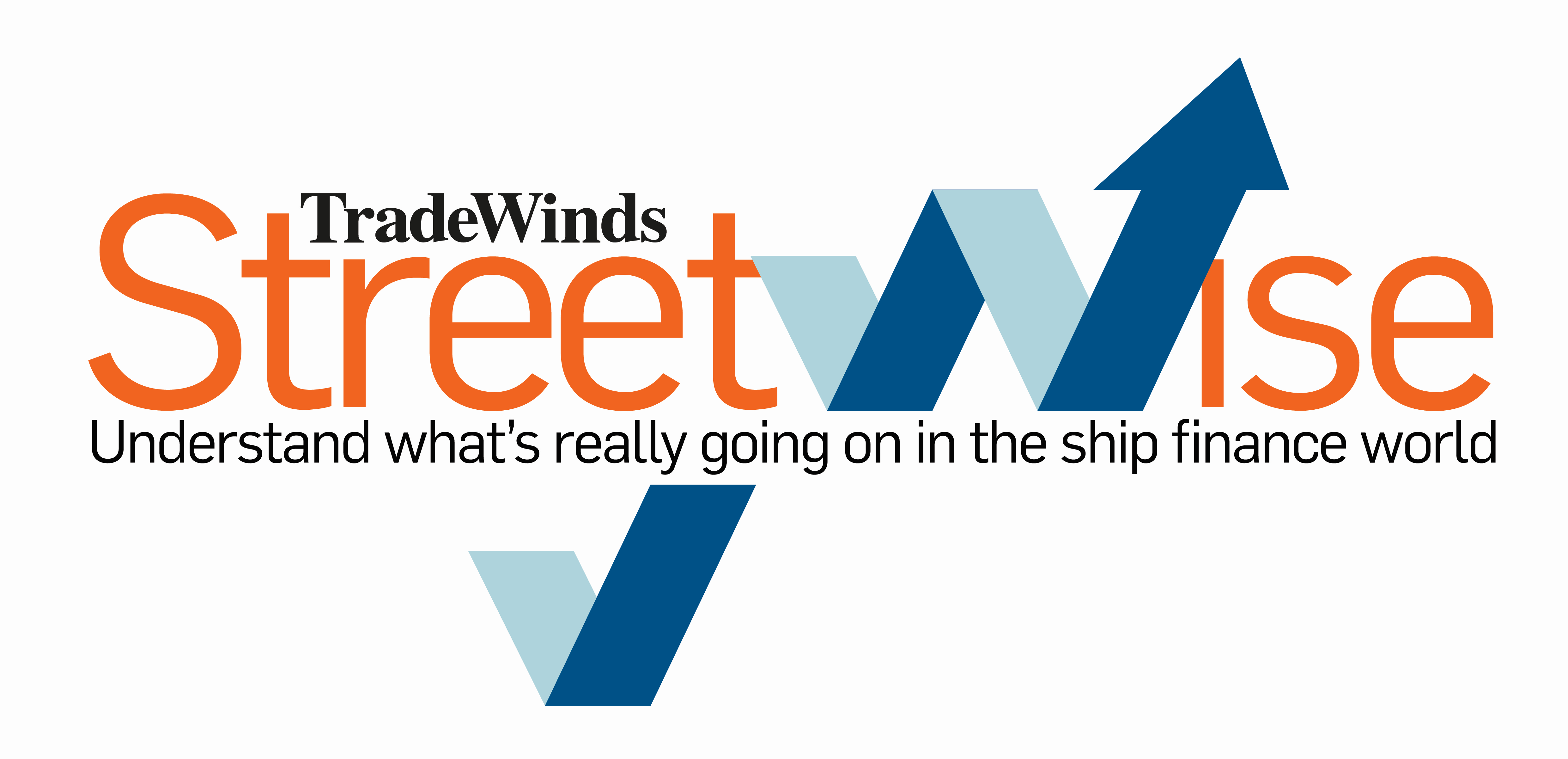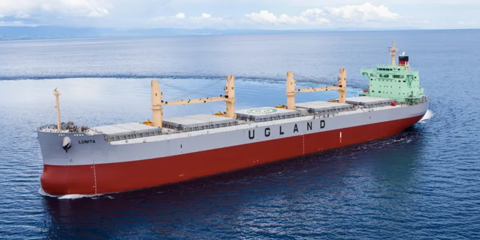It’s been the year of the tanker stocks, with the average equity covered by investment bank Jefferies up 134% in share price year to date.
Those shares languished through 2021 as their counterparts in dry bulk and container ships made investors happy with outsize returns.
But with the tanker companies reaching, or in some estimates exceeding, net asset value (NAV), the question beckons: are the shares fully valued, or is there more room to run this year and beyond?
Streetwise spoke to an array of equity analysts this week and a clear consensus emerged: the tanker rally still has plenty of legs.
From Frode Morkedal of Clarksons Securities, there is this reminder: NAVs are not static but closely tied to what’s happening in the physical market.
So even though Clarksons has its tanker group trading at an average 106% of NAV, there is more to the story.
“The NAVs are based on ship valuations that are still low, given the state of the freight market,” Morkedal told Streetwise.
With the tanker companies under his coverage owning vessels averaging nine years old, he finds it useful to examine valuations for a 10-year-old VLCC.
Brokers quote the valuation of such a tanker at $62m. But with newbuildings currently priced at $120m, Clarksons would expect the value of a decade-old VLCC to be $82m using standard depreciation.
“When the market is balanced, secondhand values usually reach that newbuild parity, giving owners their 10% to 12% return on an asset, which we believe is when VLCCs make $50,000 a day,” Morkedal explained.

If that comes to pass, with the 32% increase in value of the physical asset, NAVs of the public companies would move up an average 50% because their balance sheets are levered up with debt.
“This is equivalent to stating that price-to-NAV should be 1.5 times. To put it another way, we believe there is still significant upside potential,” he said.
A former Clarksons analyst, Omar Nokta, reached a similar conclusion but with different methodology from his current post as lead shipping researcher for Jefferies.
“We believe there is still meaningful upside that remains,” he said.
“At the beginning of the year, the group was viewed as going through a difficult period and needing to shore up liquidity, and the valuation reflected that. As the year has progressed, valuations have improved and now there seems to be broad recognition of a real market recovery.”
Nokta said the Jefferies tanker group is trading just below NAV on average, but at only 75% of where he expects NAVs to move over the next 12 to 15 months.
This projected move is based on current vessel valuations staying the same, but adding in expected cash flows in a stronger market as vessels depreciate.
“However, we do not believe the consensus view is that the tanker market is heading into an exceptional period of earnings for an extended period,” Nokta said.

A third perspective comes from veteran analyst Jonathan Chappell of Evercore ISI.
He struggled with his timing for a post-pandemic tanker rebound, making what turned out to be premature calls in May and August last year before trying again in January 2022.
Clearly, it was a case of the third time being the charm, as first the clean product sector and then the crude market rebounded, partly fuelled by Russia’s February invasion of Ukraine.
Now that he and the tanker market are on a roll, Chappell is conditionally calling the bull run to last for some time.
“Barring a global recession and associated demand destruction, the supply-demand balance looks very favourable for multiple years,” he told Streetwise.
“And if there is a belief in the sustainability of a strong market, with robust cash generation, strong capital returns and rising asset prices, then NAVs will push higher, but more importantly, the multiples applied to NAVs (or whatever other metric is used) will also expand.”
Chappell has been around shipping research long enough to remember the tanker “super cycle” that featured in his early years.
“I’m not saying it’s 2003 all over again, because there are many differences,” he said. “But there are also a lot of similarities and this cycle could extend beyond 12 to 18 months for the first time since the 2003 to 2008 super cycle.”
More shipping finance news
Tsakos Energy Navigation, a US-listed owner of more than 60 tankers and a few LNG carriers, reported record earnings on Wednesday and announced a 50% increase in its dividend. Click here to read.
American Shipping Co is dipping into the equities market to finance its $156m offshore construction vessel purchase, seeking to raise about $40m through a private placement. Click here to read.
Clarksons Securities is looking for bigger things out of New York-listed International Seaways, targeting larger dividend payments and share buybacks from a diversified tanker owner that has few other near-term priorities for its cash. Click here to read.




